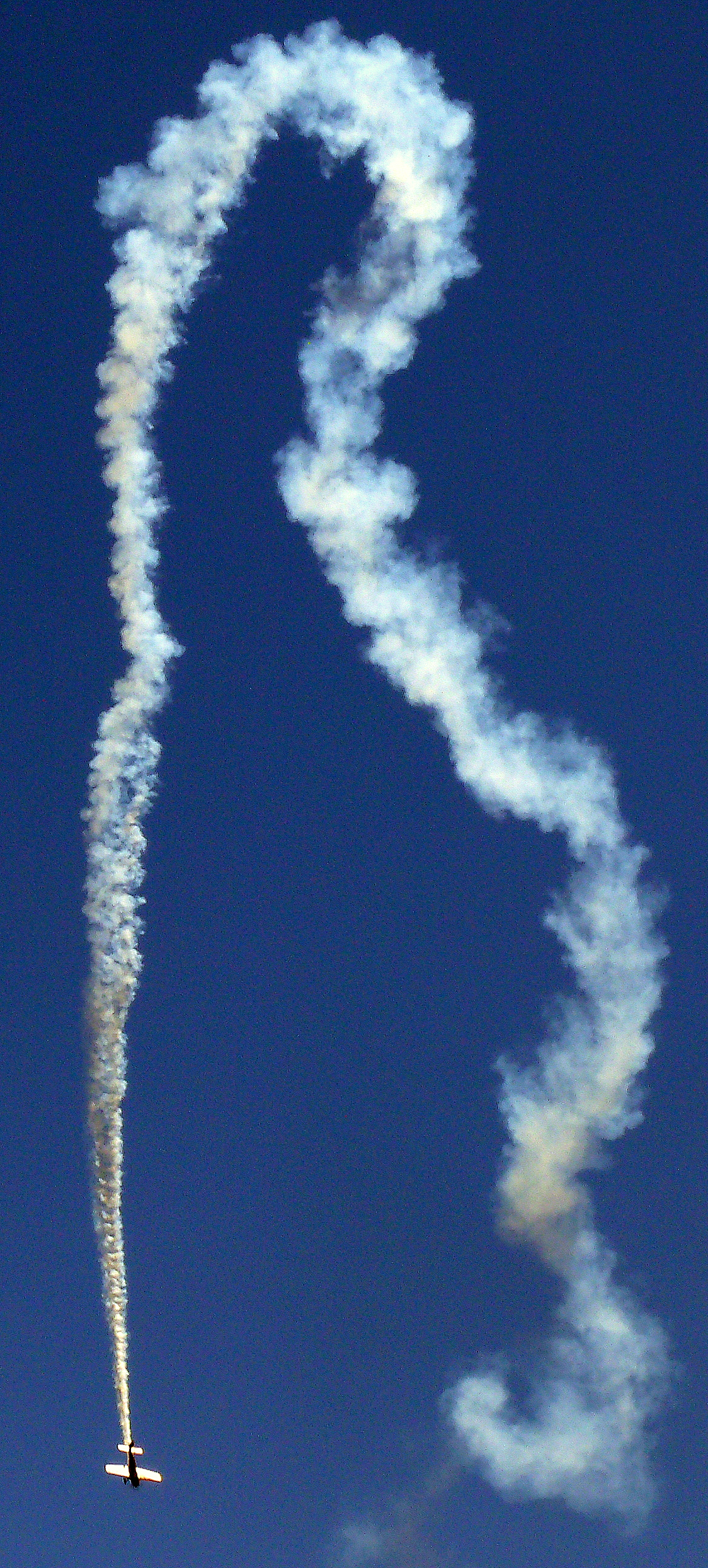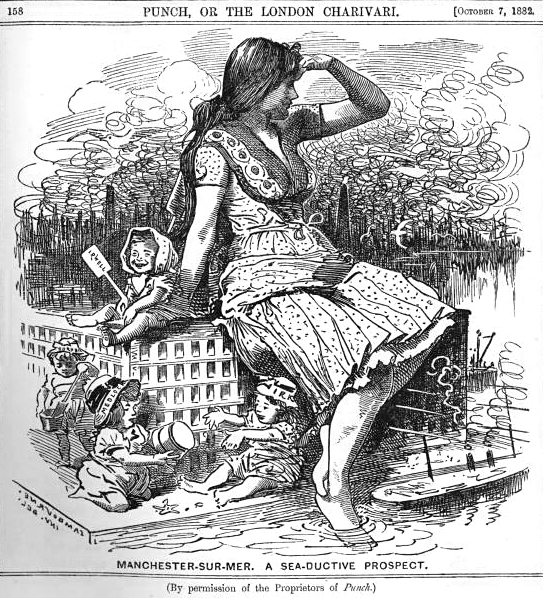|
History Of Manchester Airport
The origins of Manchester Airport in England, UK, date back to the 1930s. Construction started on Ringway on 28 November 1935 and it opened partly in June 1937 and completely on 25 June 1938, in Ringway parish north of Wilmslow, from which it derived its original name Manchester (Ringway) Airport. Its north border was Yewtree Lane. Its southeast border was a little northwest of Altrincham Road (Styal). * Local roads relevant to this account, on the map below: ** Yewtree Lane: the lane from the junction by Firtree Farm west to The Grange (east of the crossroads marked "Ringway"), and continuing northwest past Manor Farm to the next junction. ** Altrincham Road (Styal): the lane from Oversleyford running northeast then east into the Styal area. In World War II, it was the location of RAF Ringway, and was important in the production and repair of military aircraft and training parachutists. After World War II, it gradually expanded to its present size, including massive expansion ... [...More Info...] [...Related Items...] OR: [Wikipedia] [Google] [Baidu] |
Ringway Airport 1938
Ringway can mean: *Ringway, Greater Manchester, a civil parish within the city of Manchester, England **Manchester Airport, initially known as Ringway Airport, located near Ringway. ***RAF Ringway, the name for Manchester Airport during the second world war Roads *London Ringways, a series of proposed ring roads *Ringway 3 (Hanoi), a major road surrounding the inner part of Hanoi, Vietnam Other uses *GM Ringway, a long-distance walking trail in Greater Manchester *Ringway Centre, a building in Birmingham, England See also *Route 1 (Iceland), a road all round the edge of Iceland {{disambig ... [...More Info...] [...Related Items...] OR: [Wikipedia] [Google] [Baidu] |
Ringway, Manchester
Ringway is a civil parish on the southern border of Manchester, England. Historically in Cheshire, it is the only civil parish in the city of Manchester. The population at the 2011 census was 103. Ringway is home to Manchester Airport. History The name appears to come from the Old English (Anglo-Saxon) ''Hringhæg'' meaning "circular or enclosing hedged enclosure". Ringway Chapel is on Wilmslow Road near the south edge of Manchester Airport. *1173: First mention of Ullerwood Castle, which is now in Ringway parish. It is a shell keep; at that time it was owned by Hamon de Massey. *1515: First mention of 'Ringey Chapel', a chapel of ease in Bowdon parish. * English Civil War (1642–1651): Dissenters started using the Ringway Chapel. *1721 or shortly before: John Crewe of Crewe Hall inherited the Lordship of Ringway. *1721 Dissenters were ejected from the chapel, and moved to a barn, and in 1723 re-established themselves at Hale. *About 1736: Ringway Chapel was demolished, and ... [...More Info...] [...Related Items...] OR: [Wikipedia] [Google] [Baidu] |
Doncaster
Doncaster (, ) is a city in South Yorkshire, England. Named after the River Don, it is the administrative centre of the larger City of Doncaster. It is the second largest settlement in South Yorkshire after Sheffield. Doncaster is situated in the Don Valley on the western edge of the Humberhead Levels and east of the Pennines. At the 2021 census, the city had a population of 308,100, while its built-up area had a population of 158,141 at the 2011 census. Sheffield lies south-west, Leeds north-west, York to the north, Hull north-east, and Lincoln south-east. Doncaster's suburbs include Armthorpe, Bessacarr and Sprotbrough. The towns of Bawtry, Mexborough, Conisbrough, Hatfield and Stainforth, among others, are only a short distance away within the metropolitan borough. The towns of Epworth and Haxey are a short distance to the east in Lincolnshire, and directly south is the town of Harworth Bircotes in Nottinghamshire. Also, within the city's vicinity are Barnsley, ... [...More Info...] [...Related Items...] OR: [Wikipedia] [Google] [Baidu] |
Douglas DC-2
The Douglas DC-2 is a 14-passenger, twin-engined airliner that was produced by the American company Douglas Aircraft Company starting in 1934. It competed with the Boeing 247. In 1935, Douglas produced a larger version called the DC-3, which became one of the most successful aircraft in history. Design and development In the early 1930s, fears about the safety of wooden aircraft structures drove the US aviation industry to develop all-metal airliners. United Airlines had exclusive right to the all metal twin-engine Boeing 247; rival TWA issued a specification for an all-metal trimotor. The Douglas response was more radical. When it flew on July 1, 1933, the prototype DC-1 had a robust tapered wing, retractable landing gear, and two 690 hp (515 kW) Wright radial engines driving variable-pitch propellers. It seated 12 passengers. Douglas test pilot Carl Cover flew the first test flight on May 11, 1934, of the DC-2 which was longer than the DC-1, had more powerful en ... [...More Info...] [...Related Items...] OR: [Wikipedia] [Google] [Baidu] |
Air Display
Aerobatics is the practice of flying maneuvers involving aircraft attitudes that are not used in conventional passenger-carrying flights. The term is a portmanteau of "aerial" and "acrobatics". Aerobatics are performed in aeroplanes and gliders for training, recreation, entertainment, and sport. Additionally, some helicopters, such as the MBB Bo 105, are capable of limited aerobatic manoeuvres. An example of a fully aerobatic helicopter, capable of performing loops and rolls, is the Westland Lynx. Most aerobatic manoeuvres involve rotation of the aircraft about its longitudinal (roll) axis or lateral (pitch) axis. Other maneuvers, such as a spin, displace the aircraft about its vertical (yaw) axis. Manoeuvres are often combined to form a complete aerobatic sequence for entertainment or competition. Aerobatic flying requires a broader set of piloting skills and exposes the aircraft to greater structural stress than for normal flight. In some countries, the pilot must wear a ... [...More Info...] [...Related Items...] OR: [Wikipedia] [Google] [Baidu] |
Fairey Aviation
The Fairey Aviation Company Limited was a British aircraft manufacturer of the first half of the 20th century based in Hayes in Middlesex and Heaton Chapel and RAF Ringway in Cheshire. Notable for the design of a number of important military aircraft, including the Fairey III family, the Swordfish, Firefly, and Gannet, it had a strong presence in the supply of naval aircraft, and also built bombers for the RAF. After World War II the company diversified into mechanical engineering and boat-building. The aircraft manufacturing arm was taken over by Westland Aircraft in 1960. Following a series of mergers and takeovers, the principal successor businesses to the company now trade as FBM Babcock Marine Ltd, Spectris plc, and WFEL (formerly Williams Fairey Engineering Limited), the latter manufacturing portable bridges. History Founded in 1915 by Charles Richard Fairey (later Sir Richard Fairey) and Belgian engineer Ernest Oscar Tips on their departure from Short Brothers, the ... [...More Info...] [...Related Items...] OR: [Wikipedia] [Google] [Baidu] |
BBC TV
BBC Television is a service of the BBC. The corporation has operated a public broadcast television service in the United Kingdom, under the terms of a royal charter, since 1927. It produced television programmes from its own studios from 1932, although the start of its regular service of television broadcasts is dated to 2 November 1936. The BBC's domestic television channels have no commercial advertising and collectively they accounted for more than 30% of all UK viewing in 2013. The services are funded by a television licence. As a result of the 2016 Licence Fee settlement, the BBC Television division was split, with in-house television production being separated into a new division called BBC Studios and the remaining parts of television (channels and genre commissioning, BBC Sport and BBC iPlayer) being renamed as BBC Content. History of BBC Television The BBC operates several television networks, television stations (although there is generally very little distinct ... [...More Info...] [...Related Items...] OR: [Wikipedia] [Google] [Baidu] |
Manchester Ship Canal
The Manchester Ship Canal is a inland waterway in the North West of England linking Manchester to the Irish Sea. Starting at the Mersey Estuary at Eastham, near Ellesmere Port, Cheshire, it generally follows the original routes of the rivers Mersey and Irwell through the historic counties of Cheshire and Lancashire. Several sets of locks lift vessels about to the canal's terminus in Manchester. Landmarks along its route include the Barton Swing Aqueduct, the world's only swing aqueduct, and Trafford Park, the world's first planned industrial estate and still the largest in Europe. The rivers Mersey and Irwell were first made navigable in the early 18th century. Goods were also transported on the Runcorn extension of the Bridgewater Canal (from 1776) and the Liverpool and Manchester Railway (from 1830), but by the late 19th century the Mersey and Irwell Navigation had fallen into disrepair and was often unusable. In addition, Manchester's business community viewed the cha ... [...More Info...] [...Related Items...] OR: [Wikipedia] [Google] [Baidu] |
Sale, Greater Manchester
Sale is a town in Trafford, Greater Manchester, England, in the historic county of Cheshire on the south bank of the River Mersey, south of Stretford, northeast of Altrincham, and southwest of Manchester. In 2011, it had a population of 134,022, making it the largest town by population in Trafford. Evidence of Stone Age, Roman and Anglo-Saxon activity has previously been discovered locally. In the Middle Ages, Sale was a rural township, linked ecclesiastically with neighbouring Ashton upon Mersey, whose fields and meadows were used for crop and cattle farming. By the 17th century, Sale had a cottage industry manufacturing garthweb, the woven material from which horses' saddle girths were made. The Bridgewater Canal reached the town in 1765, stimulating Sale's urbanisation. The arrival of the railway in 1849 triggered Sale's growth as an important town and place for people who wanted to travel to and from Manchester, leading to an influx of middle class residents; by the en ... [...More Info...] [...Related Items...] OR: [Wikipedia] [Google] [Baidu] |
Wythenshawe
Wythenshawe () is a district of the city of Manchester, England. Historic counties of England, Historically in Cheshire, Wythenshawe was transferred in 1931 to the City of Manchester, which had begun building a massive housing estate there in the 1920s. With an area of approximately , Wythenshawe became the largest Public housing#United Kingdom, council estate in Europe. Wythenshawe includes the estates of Baguley, Benchill, Brooklands, Manchester, Brooklands, Peel Hall, Wythenshawe, Peel Hall, Newall Green, Woodhouse Park, #Moss Nook, Moss Nook, Northern Moor, Northenden and Sharston. History The name of Wythenshawe seems to come from the Old English language, Old English ''wiðign'' = "willow, withy tree" and ''sceaga'' = "wood" (compare dialectal word Shaw (woodland), shaw). The three ancient townships of Northenden, Baguley and Northen Etchells formally became the present-day Wythenshawe when they were merged with Manchester in 1931. Until then, the name had referred only to ... [...More Info...] [...Related Items...] OR: [Wikipedia] [Google] [Baidu] |
De Havilland Hornet Moth
The de Havilland DH.87 Hornet Moth is a single-engined cabin biplane designed by the de Havilland Aircraft Company in 1934 as a potential replacement for its highly successful de Havilland Tiger Moth trainer. Although its side-by-side two-seat cabin made it closer in configuration to the modern aircraft that military trainee pilots would later fly, there was no interest from the RAF and the aircraft was put into production for private buyers. Design and development The prototype first flew at Hatfield on 9 May 1934 and, with two other pre-production aircraft, embarked on an extensive test program that resulted in the first production aircraft (designated DH.87A) completed in August 1935 having wings of greater outboard taper. These were found to cause problems, especially when landing in three-point attitude: there was a tendency for the tips to stall, causing embarrassment to the pilot and often damage to the aeroplane. From early 1936, de Havilland offered owners of the D ... [...More Info...] [...Related Items...] OR: [Wikipedia] [Google] [Baidu] |








